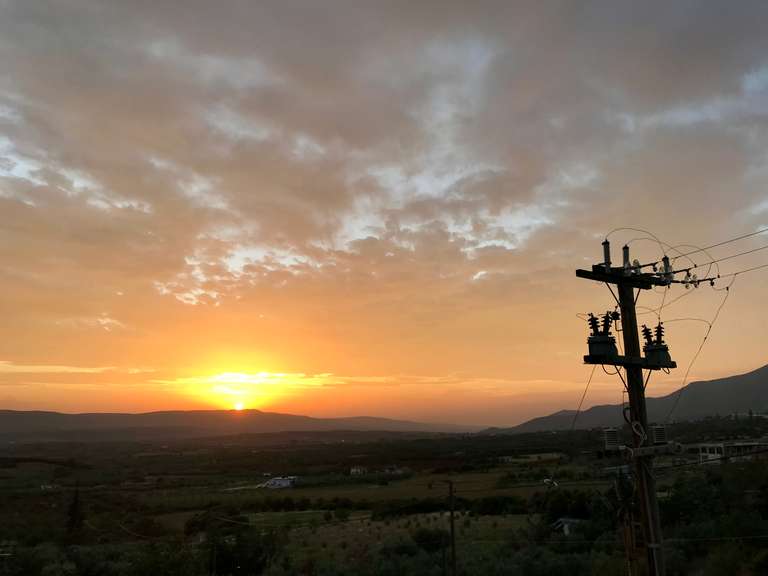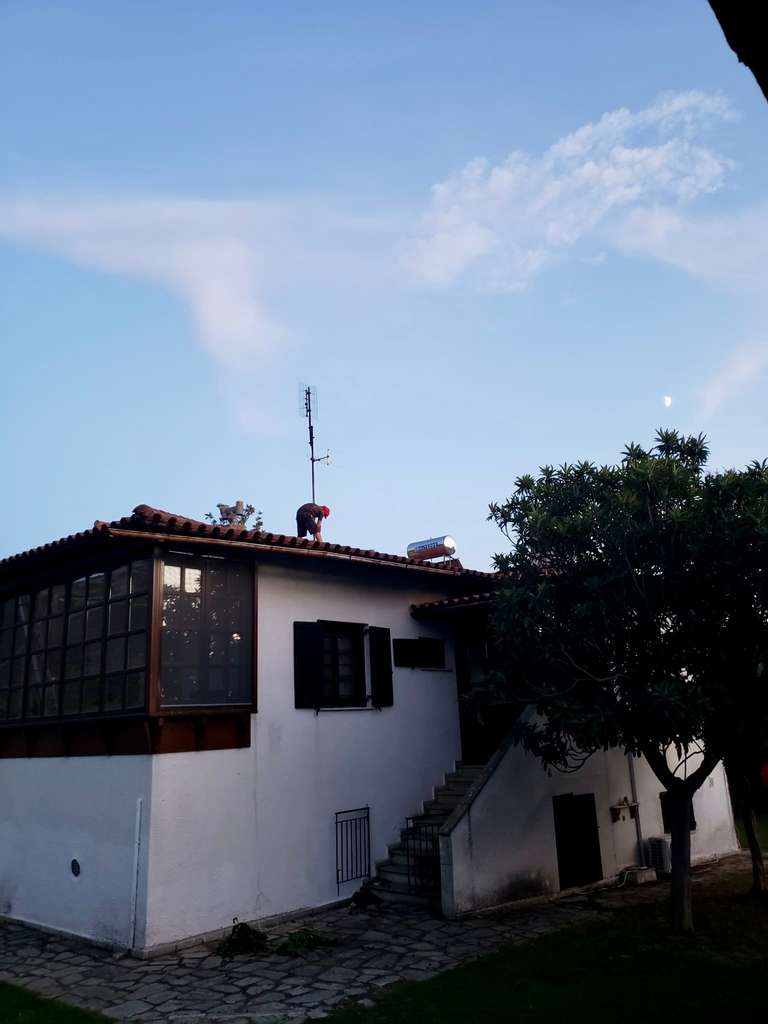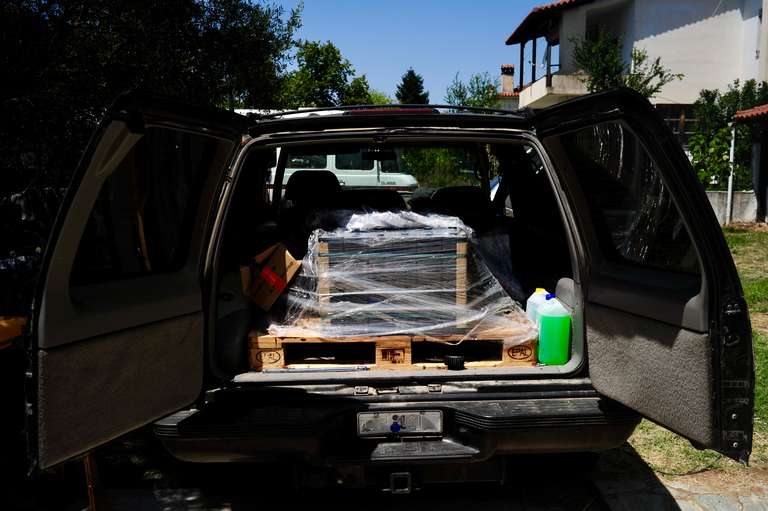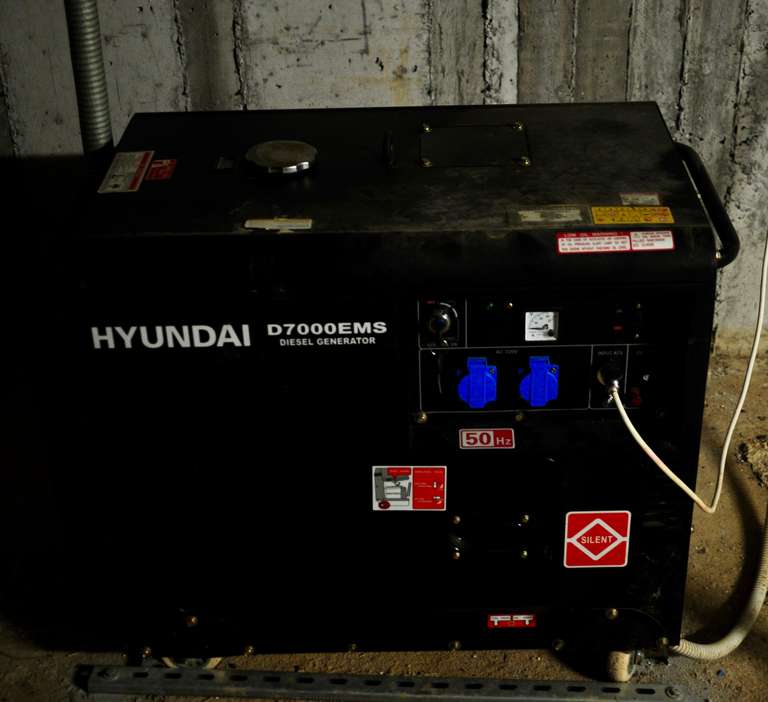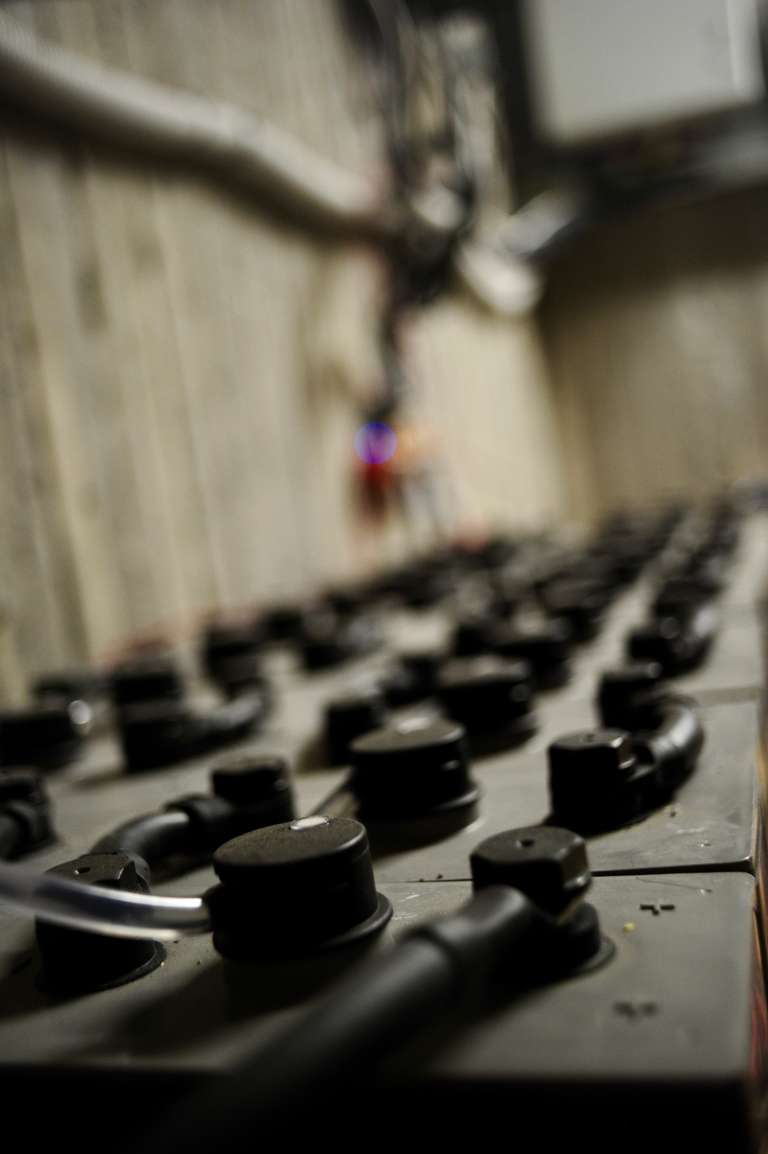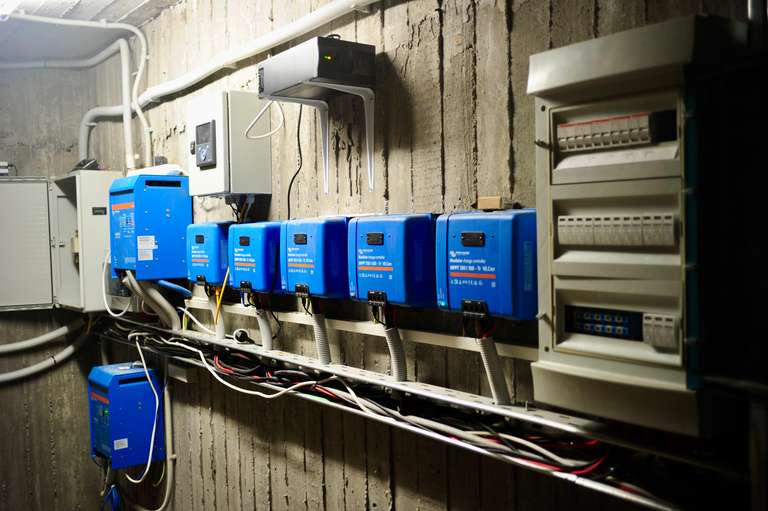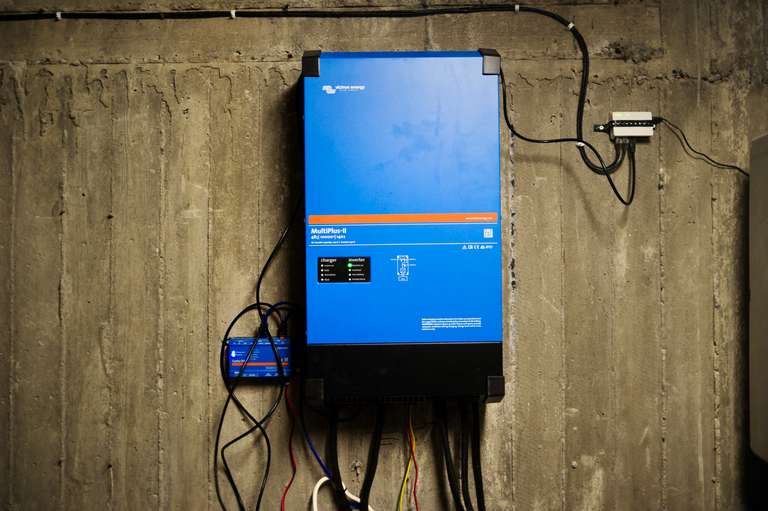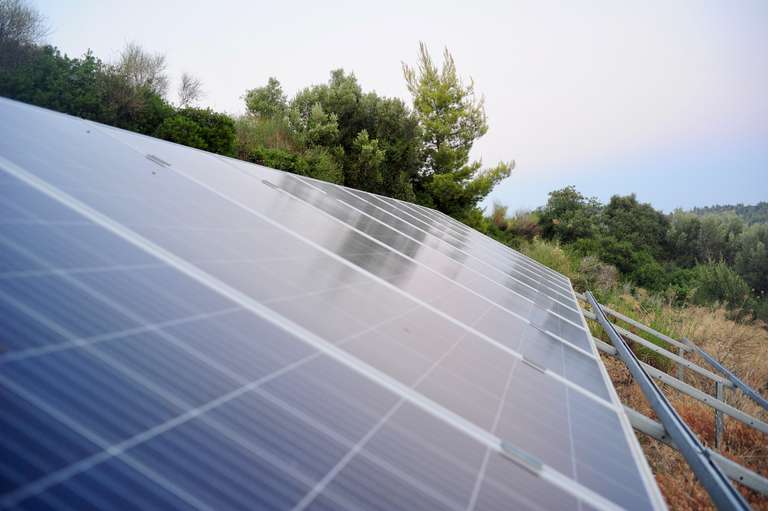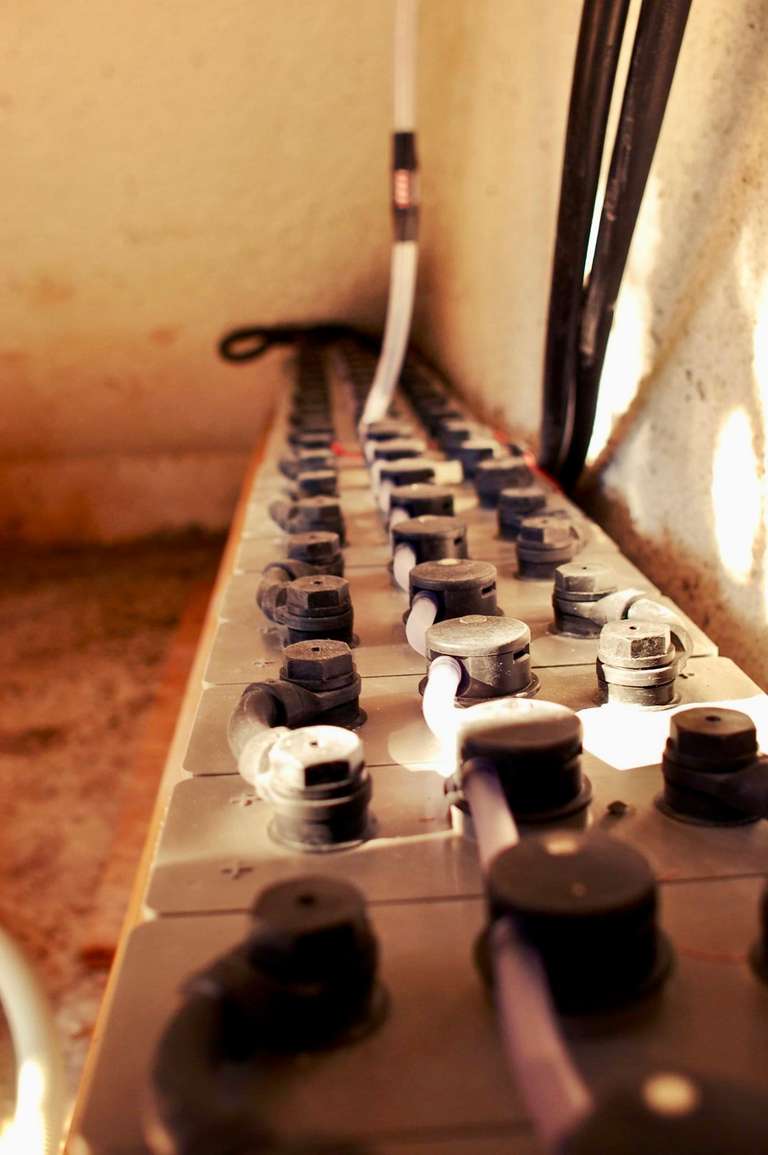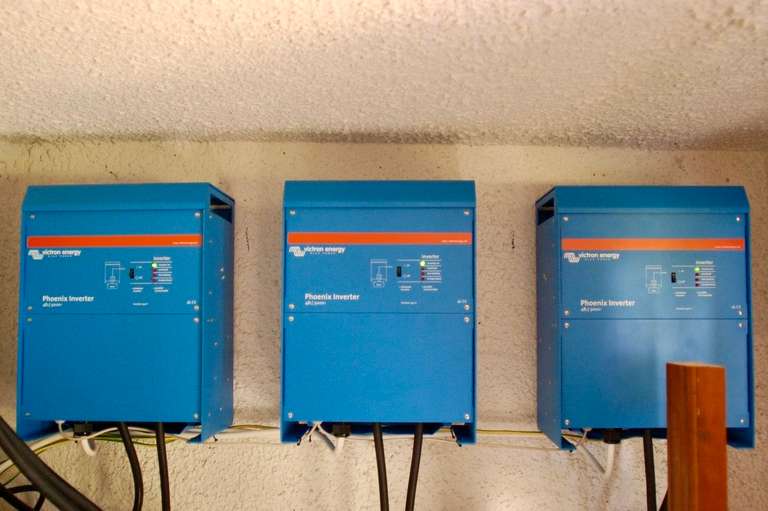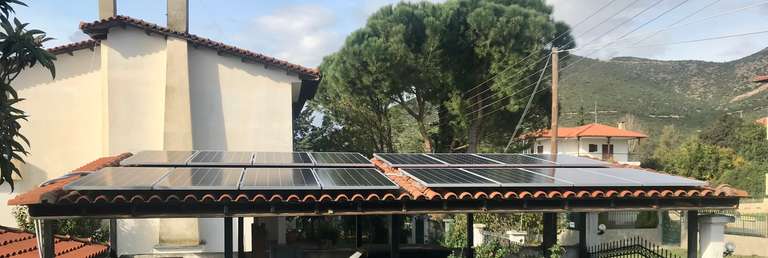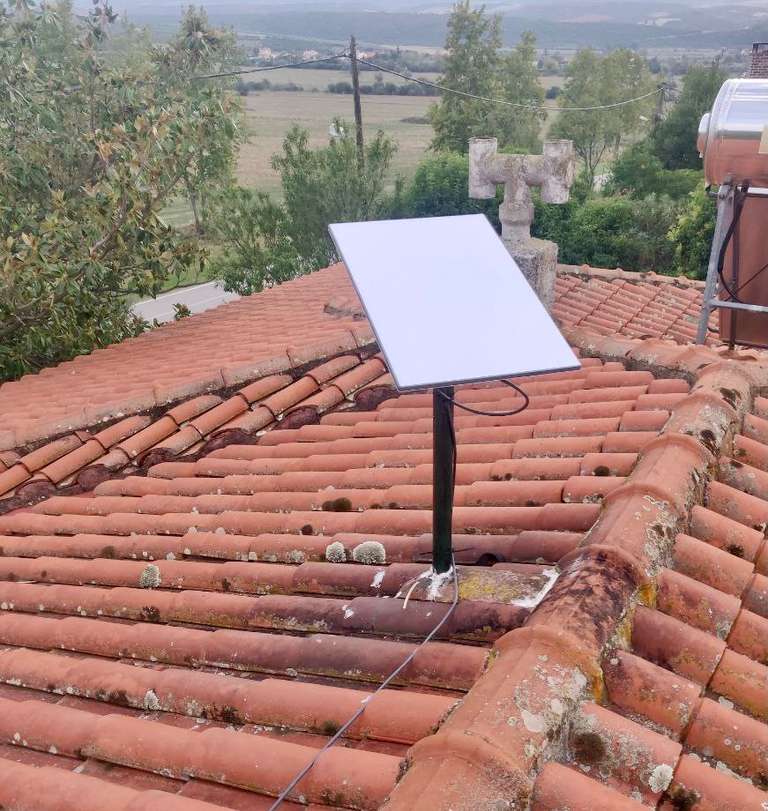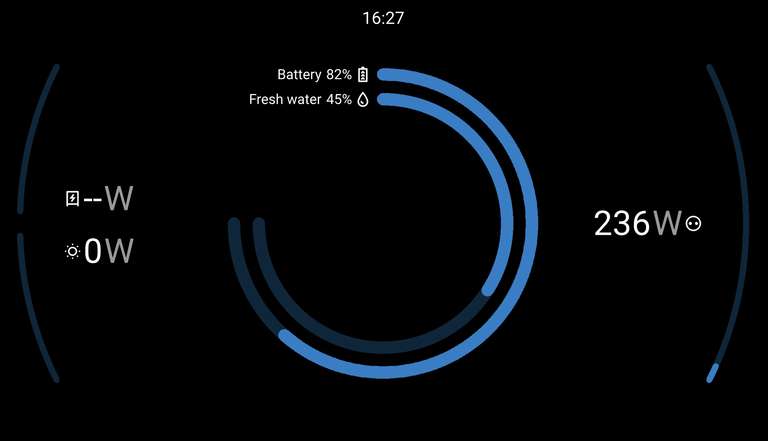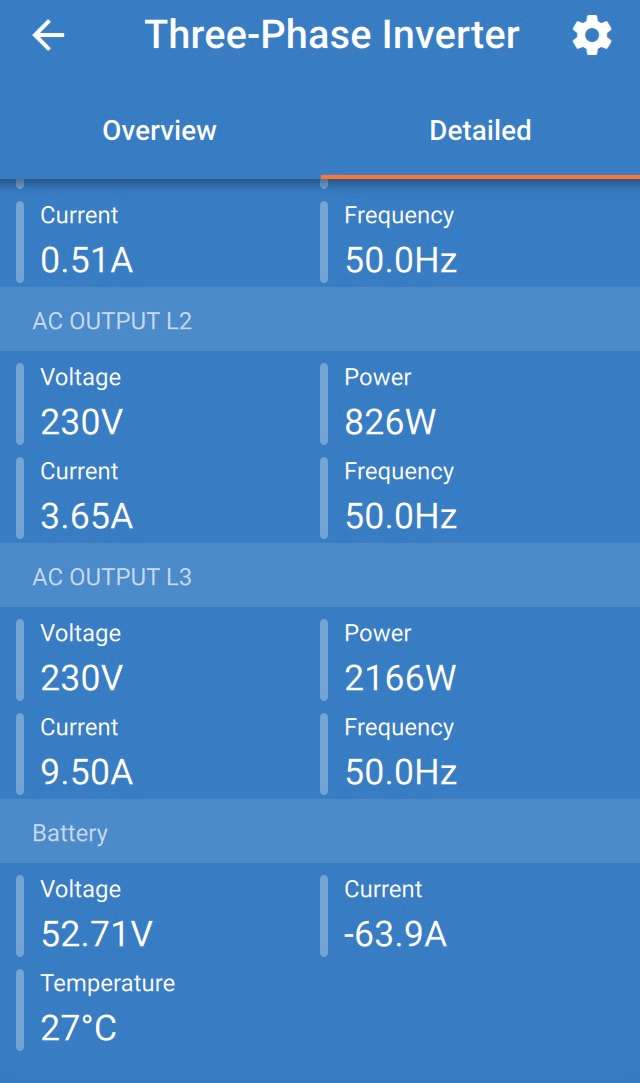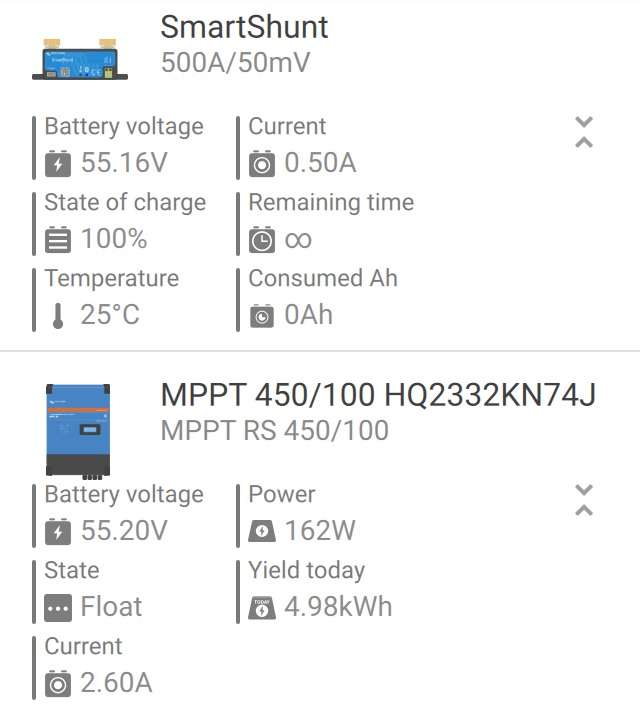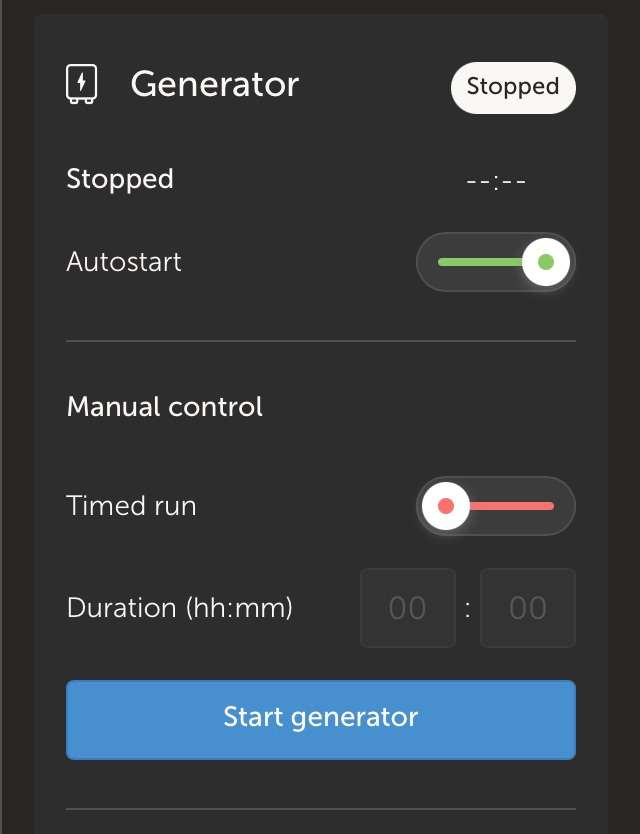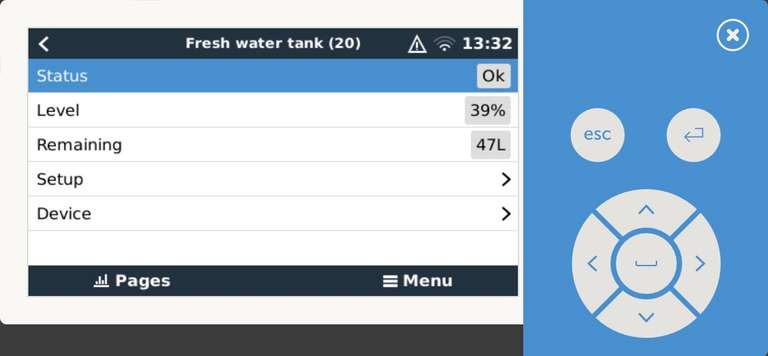Off Grid Energy and Communications Systems
The sun has finally set for the electrical grid and the centralized model of power distribution. The grid is now an obsolete model, and as the recent large scale black-out affecting both power and communications over a large part of Southwestern Europe has proven, a very dangerous model to cling to.
The centralized electrical grid model began at a time when factories shared a centrally located steam engine, which transmitted motion through a system of overhead shafts and pullyes (a line shaft system), with multiple belts running down to power multiple machines. This was when it was still too expensive for each machine to have a dedicated electrical motor to power it, and before most homes had access to electricity. Things have changed. Technology has progressed. As line shaft systems gave way to the electric motor, power was being generated using huge, elaborate and very expensive machinery. It was inevitably only possible to have a small number of power generating plants feeding into a complex, lossy, and resource-intensive distribution network, to ensure that the generated power reaches all the consumers.
Even the world’s most wealthy nations are having trouble maintaining their power grids nowadays. Badly maintained power grids are unreliable and large interconnected grids pose a major security hazard, being prone to attacks. Historically, power and communications infrastructure have been the primary targets of war strategy. But, up until recently, the only way to destroy such infrastructure was to physically damage it, requiring the physical presence of an enemy. In today’s world, cyber-attacks can do that rapidly and effectively, without requiring an enemy to come anywhere near.
Governments around the world have legislated in favor of renewable energy systems, recognizing them as environmentally friendly. However, they stopped short of fully understanding how these technologies are most effectively deployed. To fully benefit from the use of renewable energy systems, harvesting resources such as solar and wind power, we must let go of the electrical grid concept. It is wasteful of resources and power. It no longer makes sense to generate power in one central location and distribute it over large distances, compensating for conductor resistance and inductive loads along the way, through a network of transformers and substations. Each building needs to be entirely autonomous for energy. Selling solar power back to the grid is ridiculously inefficient and you still have all the drawbacks of the grid to deal with. Each building needs to have its own generation and storage system. Each building would effectively be an island. A disaster in one location would not be able to spread through grid limitations and end up affecting a much larger area. It would be impossible for an enemy to disable the vital power and communications infrastructure of an entire country. In our conflict-riddled world nowadays, this is the only reasonable and safe way to go. We already have existing, reliable and reasonably priced technology to achieve this. We need to stop throwing money down the drain, in vain attempts to maintain the rapidly aging grid infrastructure. Trying to keep the grid going is akin to dragging the proverbial dead horse. Tear it down, melt it all down and reuse it into something more relevant.
Small-scale micro-generation is the future. Agnew Analog has been leading the way, by being off-grid for several years now. Our manufacturing is powered by the solar panels on our own roof. We have been designing and installing off-grid power and communications systems for industrial manufacturing facilities, laboratories, sound recording studios, broadcasting facilities, land and sea vessels. We can help with the transition from the obsolete grid model to the autonomous micro-generation model.
What happened in the Iberian Peninsula was our warning. The next incident could take down the entire Continental Europe Synchronous Area (CESA). Next time, the power may not come back fast enough to maintain the sensitive foods cooling chain, keep medical facilities and life support equipment running, or to keep the control rods and safety systems of our numerous nuclear power plants operational.

